🕵️♀️ The Mysterious Disappearance Of The Robber Emoji 💰
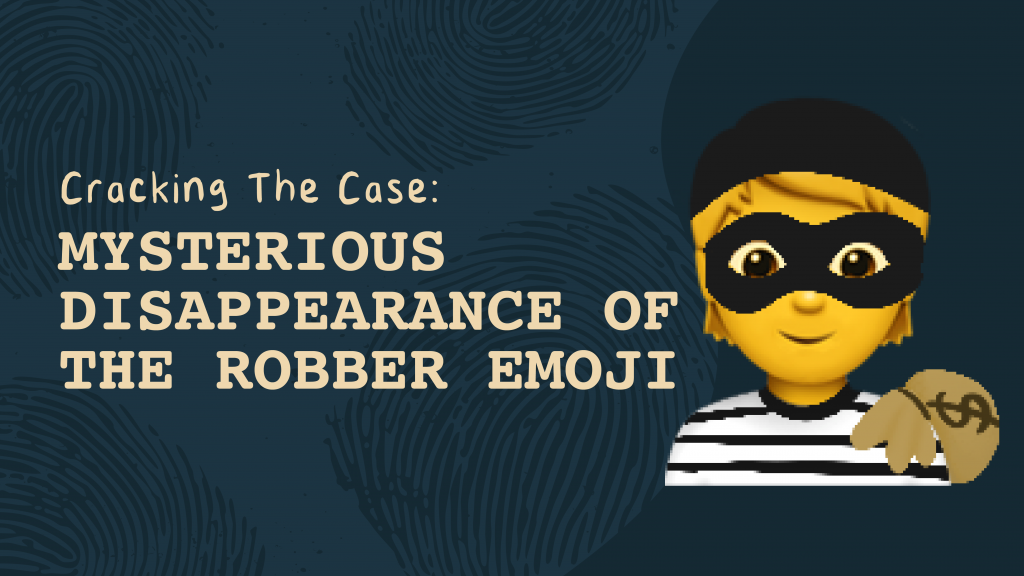

From smiley faces to hearts, emojis now form a part of people’s day-to-day conversations. There are currently over 3,300 emoji in the Unicode Consortium, and it appears that many users believe a Robber emoji is one of them. The strange thing is zero universal emoji sets contain the Robber emoji. There’s none to be found on any site!

Photo from Adobe Stock
The Robber Emoji Mystery
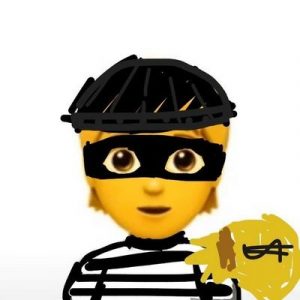
Photo from emojis. wiki site
Other people believed the Robber emoji existed in the past and suddenly, mysteriously disappeared. They even remember how it looked and asked artists to recreate what they drew. They say the emoji featured a man wearing a black and white striped shirt and a beanie.
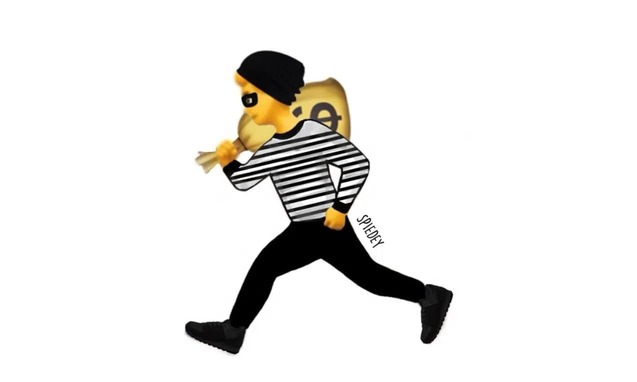
Photo from emojis. wiki site
Naturally, he was also wearing a black mask, and was holding a bag of cash in his hand, which is essentially the 💰 Money Bag emoji.
Baffling The Internet
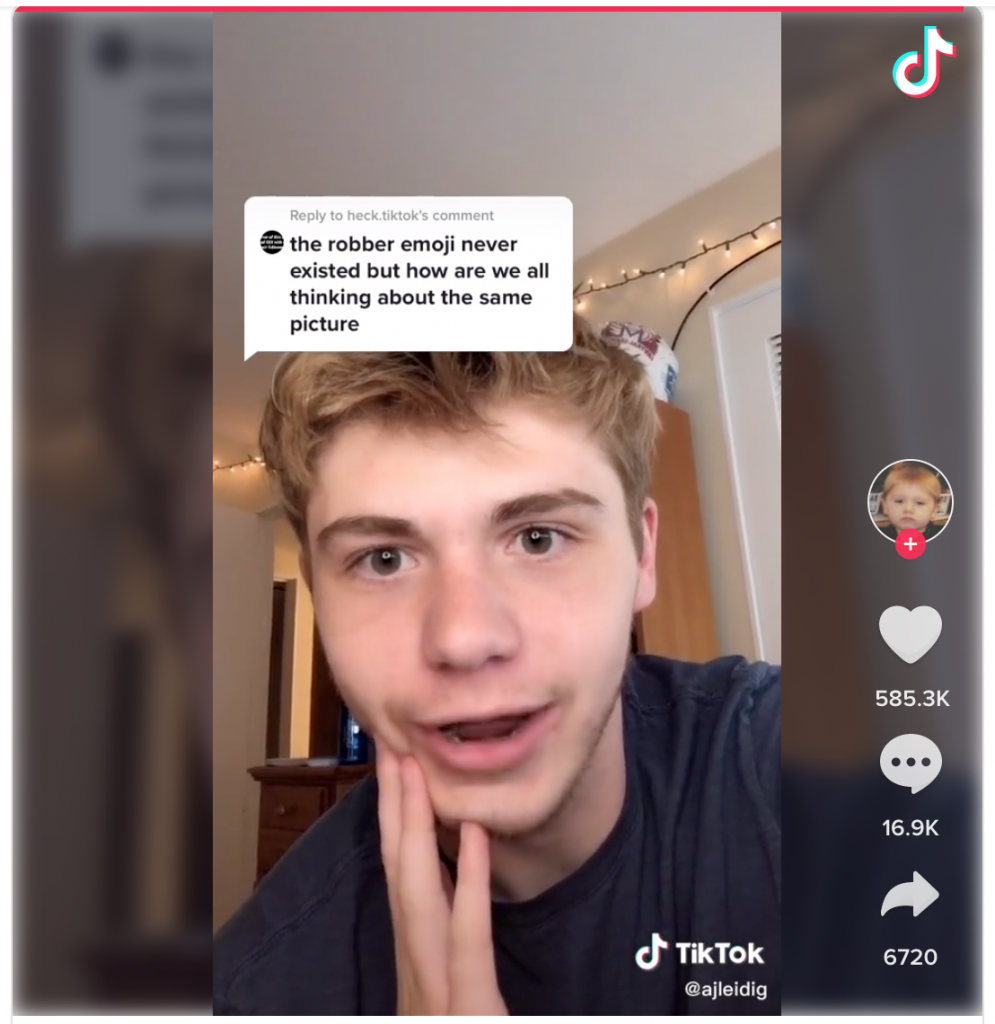
These claims went viral on June 15th, 2020, when user @ajleidig made a Tiktok video about it. It got over 2.2 million views and 400,500 likes in just three days!
On the same day, Twitter user @W4kEUPC4LL tweeted about the emoji having never existed. The Tweet received over 20 retweets and 230 likes. Another Twitter user, @turingtestified said nearly the same thing. His tweet got 30 retweets and 160 likes.
Other users claim the Robber emoji was created in a different way. They say, it was never an official emoji, which meant it was never included in a Unicode batch. The Robber emoji was custom made, designed specifically for an advertisement. Unfortunately, since the conspiracists were unable to cough up any proof, the theory died an early death.
Where Did The Robber Emoji Come From?
Let’s find out the origin theories of the Robber emoji.
Character In The Emoji Movie

Photo from Wikipedia
While this was spreading like wildfire across the Internet, additional theories with better proof cropped up. Some say others were probably thinking of Jailbreak, a character from The Emoji Movie. They both wore beanies, gave off an criminal emoji type vibes. However, it would be hard to mix up genders, though, since the Jailbreak emoji’s a female hacker, while the Robber emoji is a man.
Bitlife Fluke
Another theory is that the Robber emoji originally appeared in a game app called Bitlife. In the game, Bitlife emojis represent characters. If you were an Apple user, it was believed you could turn your character into an iPhone Robber emoji.
Android users were believed to be able to do the same thing, too. To prove the theory, bots of gamers re-played the app, but were unable to find the Robber emoji everyone said existed.
When you stop and actually think about it for a minute, what it really boils down to can kind of give you the heebie-jeebies. How can different people from every corner of the globe claim to have seen something that never existed?
Case Of The Missing Hiker Emoji
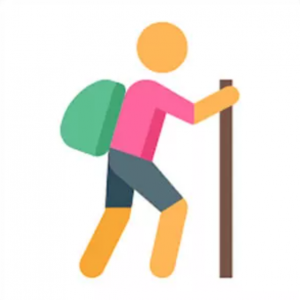
It turns out the mystery of the Robber emoji wasn’t an isolated case. People online were absolutely convinced that there was a Hiker emoji on their phone keyboard that vanished into thin air, too.
They said the Hiker emoji, or hiking emoji, as it was sometimes called, was a globally used symbol. It appeared on all sites and platforms. When artists recreated the drawing based on eyewitness accounts, the emoji depicted a person holding a trekking pole and carrying a backpack.
You can later guess what happened. After doing the necessary research, a process which included checking the history of emoji removals and changes of emoji sites, experts later concluded a Hiker emoji never existed.
Well, We Have The Hiking Boot Emoji Instead.

If you would like to see for yourself, try searching for “Hiker emoji”. You’ll be led to a nice picture of a 🥾 Hiking Boot emoji, an ankle-high hiking boot fit for rough hiking trips to the mountains and forests.
Yup, no hiker in the graphic, no mountain, nothing. All arrows yet again pointed to the fact that there is no Hiker emoji. And, by all accounts, as you are reading this article, there never was. It simply never existed in the emoji universe.
The Mandela Effect
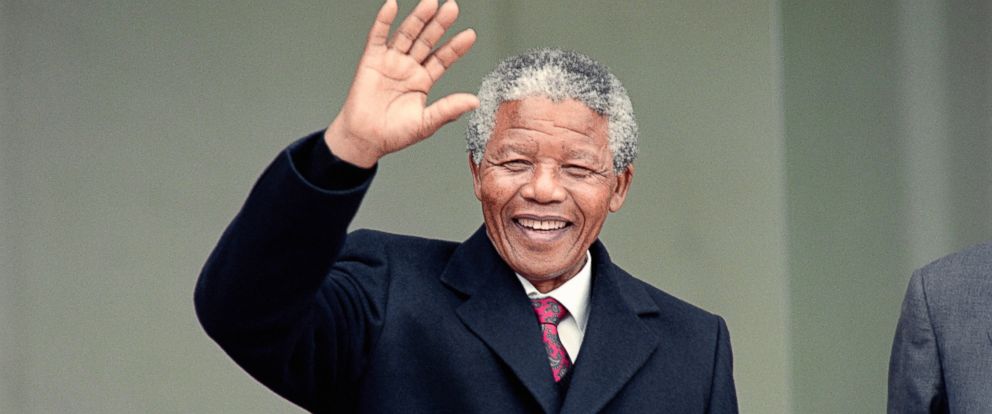
Photo from ABC News
In 2009, paranormal expert Fiona Broome was at a conference talking about South African President Nelson Mandela’s death in a South African prison in the 1980s. At the conference, attendees shared they recalled seeing news coverage of his death, as well as his widow’s speech.
The truth of the matter is Nelson did not die in prison in the 1980s, he died in 2013, but no one at the conference realized that. Fiona was astounded that such a large group of people could recall the same exact event in such detail when it had never occurred.
She later called it the “Mandela Effect,” a term for a shared false memory resulting from a collective, completely erroneous understanding. The same thing could be applied to the Robber emoji and Hiker emoji.
All In The Head?
If this is the first time you’ve heard of the Mandela Effect, you’re probably quite a bit shook. No judgment here, we totally get it! No one likes to be lied to, no one wants to be deceived. So, what is it, and how is it caused?
To answer that, so far, this is what we’ve gathered. Doctors claim the Mandela Effect is a form of confabulation.
What Is Confabulation?
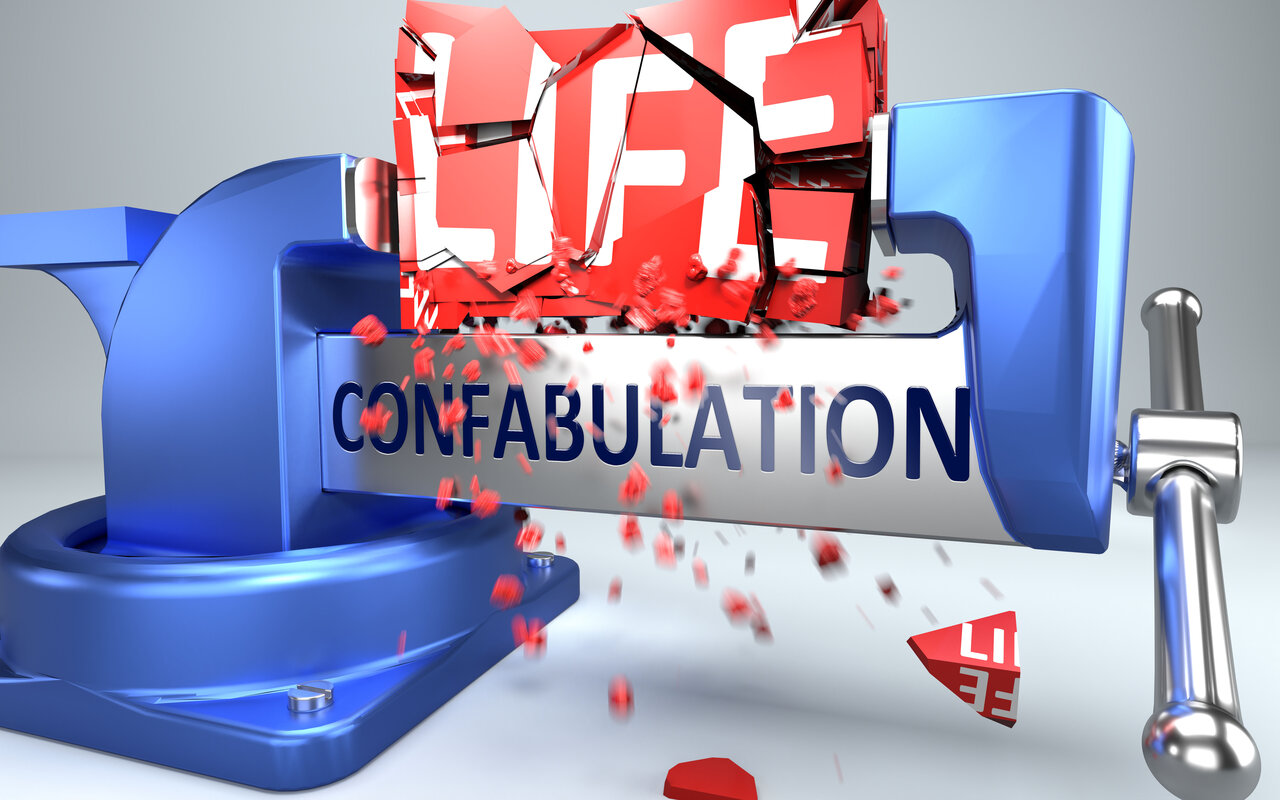
Photo from Adobe Stock
When people confabulate, they create false memories to fill in the gaps in their own memory. Most people use confabulation to remember what they feel is the sequence of events on a particular day.
For instance, on a Saturday, you go to the mall to eat at a restaurant. You remember what you did the whole day, but you don’t remember what color shirt you were wearing, so you fill in the gap with your favorite color, pink.
Trauma

Photo from Adobe Stock
According to experts, a history of trauma can also trigger confabulation. When something so traumatic happens to a person, they sometimes put a false memory in their brain to forget it.
In addition, sleep deprivation can increase the likelihood of incorrectly encoding memories as well. A study of sleep-deprived participants found that they had higher rates of false recognition than rested participants. So, get your sleep, or you might start imagining things.
False Memories
Next is what is known as the False Memory syndrome, a condition in which a person’s interpersonal relationships and identity center on a memory of a traumatic experience that is objectively false but that the person strongly believes occurred.
How to know if something is true or is just an offshoot of the Mandela Effect? For the latter, remember the parlor game “Pass The Message?” It’s something like that. A few people sit together, and a person whispers something into the ear of the person sitting next. The person whispers the same thing to the person sitting next to him. Finally, when the last person speaks aloud the statement, it differs from what the first person said.
Conclusion

Photo from Adobe Stock
We live in a world where an increasingly large percentage of our everyday experiences have a digital component. To add to that, almost anyone can become an influencer, simply by publishing controversial, viral content, including fake news, to get more subscribers and fans. What’s worse, it’s common for followers of the influencer to share and defend their influencer’s false news.
Robber emoji and Hiker emoji today, what else tomorrow? As the menace of fake news, and the phenomenon of the Mandela effect, dig deeper in the World Wide Web, there is global concern over its long-term effects.
There are predictions that fake news might, one day, even influence political, economic, and social well-being. If we want to see an end to fake news, we need to work together, we need to stop clicking on it and stop spreading it. It’s as simple as that.

